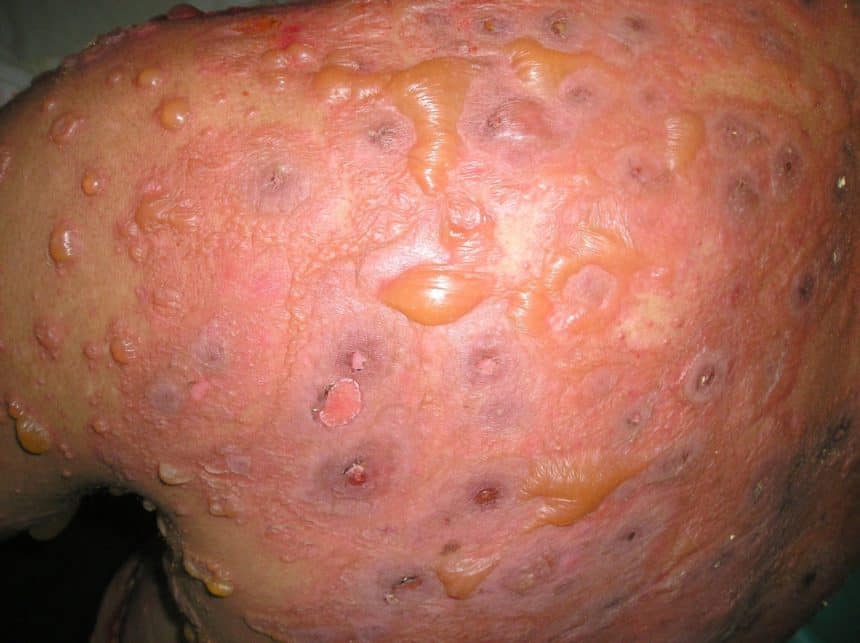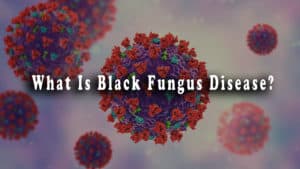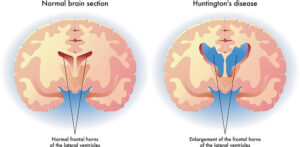What is TEN?
Toxic epidermal necrolysis (TEN syndrome) is a life-threatening skin condition that can cause acute skin failure. There is blistering and peeling of large areas (at least 30% of the body surface area) of skin. This usually develops as a side-effect of antibiotics or anticonvulsants. The condition is a medical emergency as it can cause death if untreated.
Causes
- Allopurinol (a drug used to treat kidney stones and gout).
- Anticonvulsants (group of drugs used to treat seizures).
- Anti-retroviral drugs are used to treat HIV (especially NNRTIs like nevirapine, efavirenz, or etravirine).
- Oxicams (a group of non-steroidal anti-inflammatory drugs or NSAIDs).
- Sulfonamides (a type of antibiotic).
Other rare triggers may include:
- Infections
- Vaccinations
Symptoms
People who have toxic epidermal necrolysis (TEN) may describe a flu-like prodrome that includes the following:
- Malaise
- Rash
- Fever
- Cough
- Arthralgia
- Myalgia
- Rhinitis
- Headache
- Anorexia
- The first sign of a rash on the skin is a blurry, erythematous macular rash with purpuric centers. Over a few hours or days, the rash comes together to form flaccid blisters and sheet-like epidermal detachment. The lesions are mostly on the body and face, but not on the scalp. Often, the most common symptom of early disease is pain at the site of the skin lesions. This pain is often out of proportion to what is seen on the body.
- Mucous membrane erosions, which are seen in 90% of cases, usually start a few days before the skin lesions. The oropharynx is the most common mucosal membrane that gets infected. The eyes and genitals are next. A sore or burning sensation is usually the first sign that something is wrong in your mouth. Because of the pain caused by the oropharyngeal lesions, it may be hard to eat.

Diagnosis of TEN syndrome
A doctor will use a lot of different tests to figure out what’s wrong with you. This could be:
- Examine the body: Checking your skin for peeling, soreness, involvement of the mucous membrane and infection are some of the things a doctor will look for during a physical.
- History of medicine: A doctor will ask about your medical history so that he or she can figure out how well you are. They’ll also want to know what medicines you take, as well as any allergies you have.
- Test your blood: Taking a blood test can help you find out if you have an infection or have other problems with your internal body parts.
Cultures. A doctor can also look for infection by having a blood or skin culture done to see if there is one. - Doctors often do a skin biopsy to make sure that they’ve found TEN syndrome.
Treatment
Patients must be managed promptly; early diagnosis, identification, and removal of all potentially causative medicines are critical for a successful prognosis. If the offending medicine is removed too late, morbidity and death rise. We noticed a reduction in fatality rates when causative medications with short elimination half-lives were discontinued no later than the day blisters or erosions initially appeared. There was no difference observed for medicines with prolonged half-lives.
Second, intravenous fluid replacement with macromolecules or saline solutions must be commenced.
Thirdly, the patient must be moved to a burn center or critical care unit. Prompt referral decreases the risk of infection, death, and duration of stay in the hospital.
Specific treatments
- Corticosteroids
- Plasmapheresis
- Cyclosporine
- Immunosuppressants
- Immunoglobulin
Doctors will immediately discontinue any medication they feel is causing toxic epidermal necrolysis. Medical personnel will take every precaution to prevent infection from spreading to your wounds. After you have recovered, your skin should regenerate naturally without the need for skin transplants. Individuals suffering with toxic epidermal necrolysis are typically given fluids and salts via an intravenous (IV) drip.
Prognosis
Around 25% of persons who acquire TEN die. For those who survive, the erosions often heal and the skin regrows naturally. The majority of patients do not require skin transplants.
Complications
During the acute phase, the following problems may be fatal:
- Insufficiency of water and severe malnutrition
- Skin, mucous membranes, and lungs infection (pneumonia), septicemia (blood poisoning)
- Syndrome of acute respiratory distress
Ulceration, perforation, and intussusception of the gastrointestinal tract - Shock and failure of many organs, including the kidneys
- Thromboembolism and disseminated intravascular coagulopathy Thromboembolism and disseminated intravascular coagulopathy



